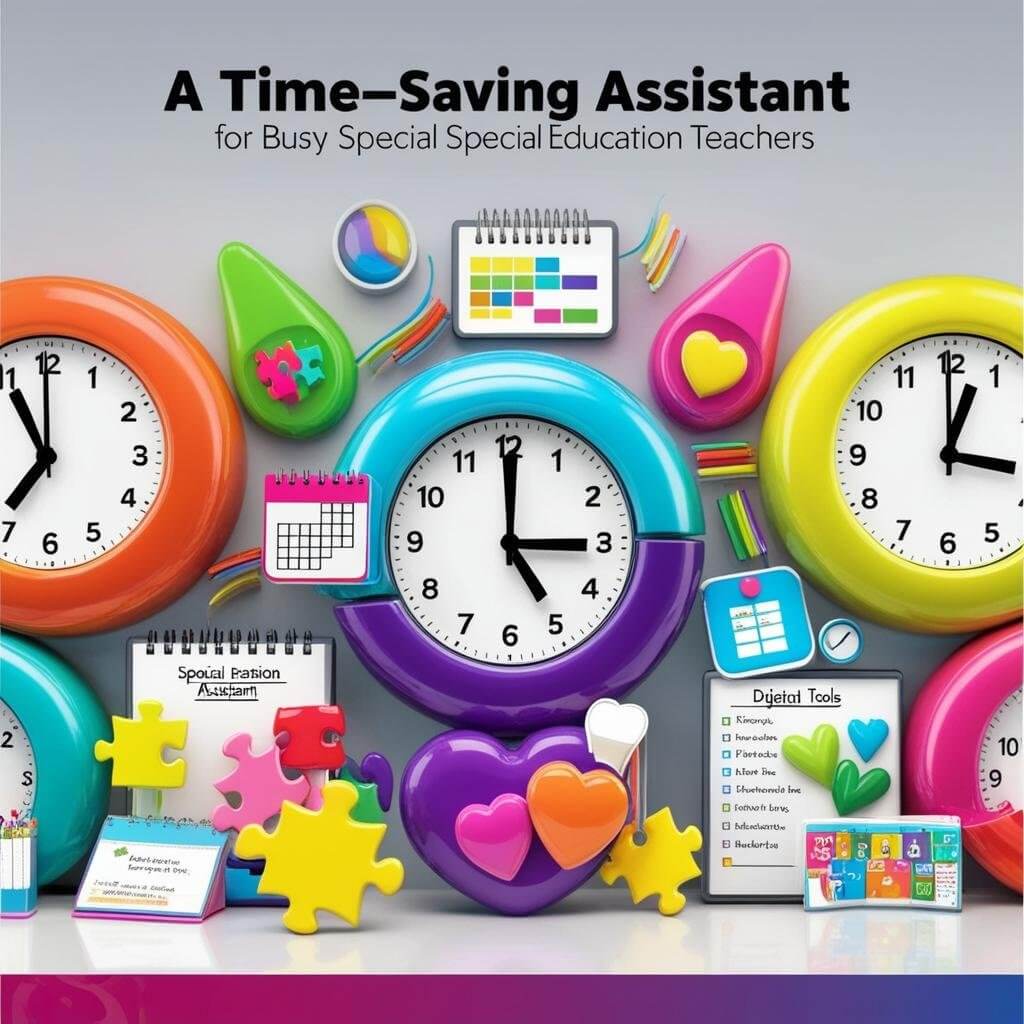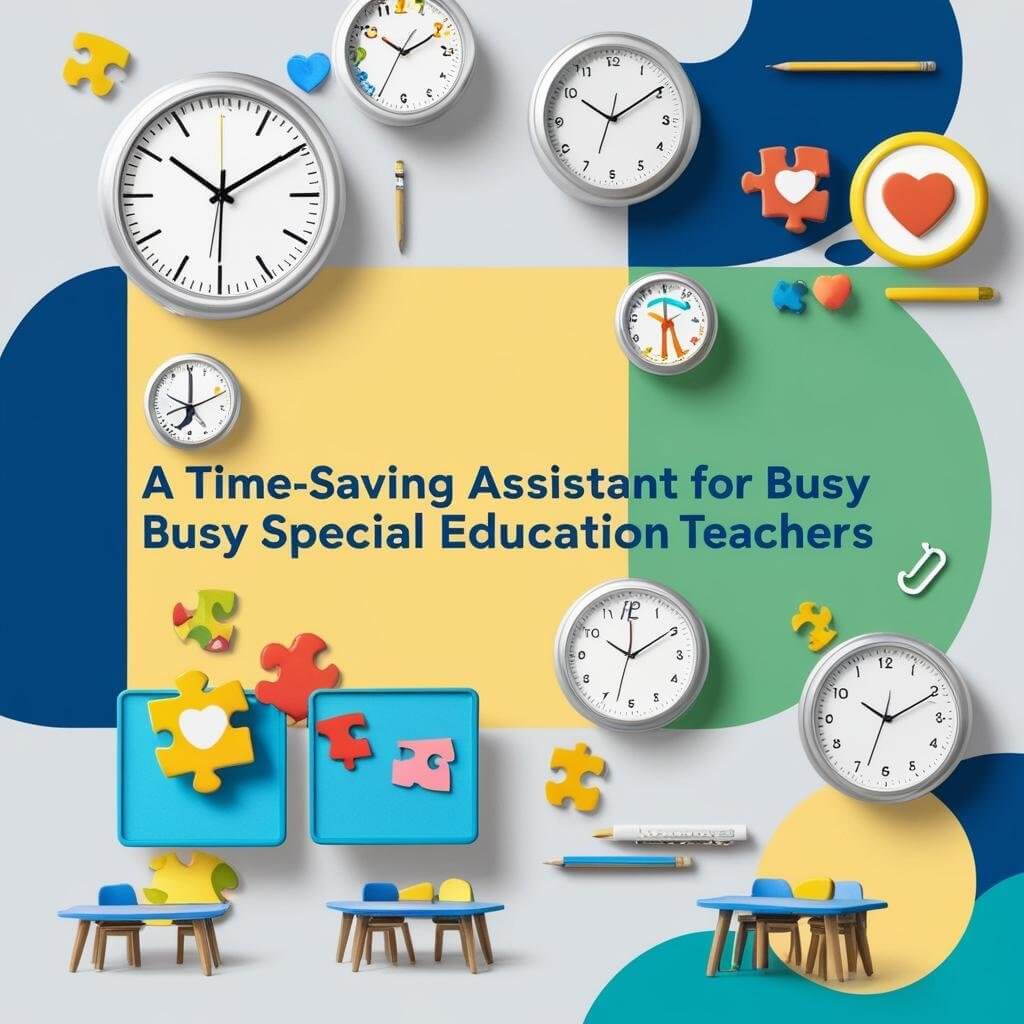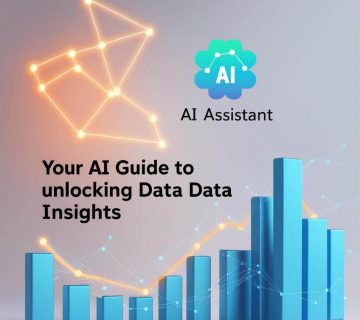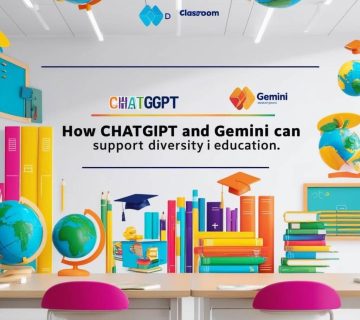The Individualized Education Program (IEP) is the cornerstone of special education in the United States, a vital document outlining the unique supports and services a student needs to thrive. But let’s be honest, for dedicated special education teachers, the IEP process can also be incredibly time-consuming and demanding, packed with paperwork, meticulous goal setting, and detailed progress tracking.
Could emerging AI tools like ChatGPT offer a helping hand? The buzz is growing, and many educators are curious about how “ChatGPT for IEPs” could potentially streamline workflows and free up more time for direct student interaction. While it’s not a magic wand, ChatGPT, when used thoughtfully and ethically, can indeed be a valuable assistant in various aspects of IEP development. This guide explores how US special education teachers can leverage this technology responsibly.

How Can ChatGPT Potentially Support the IEP Process?
Imagine having an assistant that can help you brainstorm, draft initial ideas, and structure your thoughts. That’s where ChatGPT can shine in the IEP context. Here are some potential applications:
- Drafting SMART Goals: Struggling to phrase a specific, measurable, achievable, relevant, and time-bound (SMART) goal? ChatGPT can help.
- How to use it: Instead of inputting confidential student details, provide generalized information. For example: “Generate three measurable annual IEP goal ideas for a 4th-grade student working on improving reading fluency from 60 words per minute to 80 words per minute.” Or, “Suggest a behavioral IEP goal related to on-task behavior for a middle school student.”
- Remember: AI-generated goals are a starting point. You must customize them with specific student data, baseline information, and individual needs.
- Developing Present Levels of Academic Achievement and Functional Performance (PLAAFP) Statements: The PLAAFP sets the foundation for the IEP. ChatGPT can assist in structuring this section.
- How to use it: You can input anonymized key assessment findings or observational notes (e.g., “Student demonstrates strength in verbal expression but struggles with written organization across subjects. Standardized reading score is X, math score is Y. Struggles with multi-step directions.”). Ask ChatGPT to help synthesize these points into a coherent narrative structure for a PLAAFP.
- Crucial Note: Never input full names, student ID numbers, or detailed, uniquely identifiable information.
- Brainstorming Accommodations and Modifications: Finding the right supports can make all the difference.
- How to use it: “Suggest common classroom accommodations for a student with dyslexia.” Or, “What are some modifications for math assignments for a student with dyscalculia?”
- Personalization is Key: The AI can provide a list of ideas, but the IEP team, knowing the individual student, must select and tailor the most appropriate ones.
- Generating Ideas for Progress Monitoring: How will you track progress towards those carefully crafted goals?
- How to use it: “Provide three different ways to monitor progress for an IEP goal focused on improving social inferencing skills.”
- Teacher Expertise: You’ll still need to determine the best methods based on your student, resources, and classroom context.
- Simplifying Complex Language for Parent Communication: IEPs can be full of jargon. ChatGPT can help translate educational terms into more parent-friendly language for reports or meeting summaries.
- How to use it: Copy a jargon-heavy sentence (without student identifiers) and ask ChatGPT to “rewrite this sentence in plain language for a parent.”
The Golden Rules: Ethical and Responsible Use in the US Context
While the benefits are enticing, using ChatGPT for IEPs in the US educational system requires extreme caution and adherence to ethical guidelines, especially concerning student privacy:
- FERPA is Paramount: The Family Educational Rights and Privacy Act (FERPA) protects student educational records. NEVER input personally identifiable information (PII) about a student into ChatGPT. This includes names, addresses, birthdates, student ID numbers, specific disability classifications if highly unique, or detailed anecdotal records that could easily identify a student. Think of ChatGPT as a template generator or an idea engine, not a secure repository for sensitive data.
- Human Oversight is Non-Negotiable: AI is a tool, not a replacement for your professional judgment, clinical expertise, or the collaborative IEP team process. Every piece of AI-generated content must be critically reviewed, edited, and individualized by a qualified educator.
- Accuracy and Individualization First: Generic AI output won’t meet the “individualized” mandate of an IEP. You are responsible for ensuring everything in the IEP is accurate, relevant to the specific student, and tailored to their unique needs, strengths, and circumstances.
- The Power of the Prompt: Vague prompts lead to vague (and often unhelpful) outputs. The more specific and well-instructed your (anonymized) prompt, the better the AI can assist.
Unlock AI’s Potential with Targeted Prompts: A Resource for You
Crafting effective, ethical prompts that guide AI to produce genuinely useful content for special education takes practice and insight. You need prompts that help you brainstorm goals, consider accommodations, or structure PLAAFPs without compromising student confidentiality.
This is exactly why our “Special Education ChatGPT and Gemini Prompts for Teachers”
https://digitalproductswall.com/product/special-education-chatgpt-and-gemini-prompts-for-teachers/
resource was created. We’ve done the groundwork to develop a comprehensive set of prompts specifically designed for special educators. This toolkit helps you:
- Save valuable time by providing ready-to-use, ethically-minded prompt structures.
- Generate high-quality, relevant ideas for various sections of the IEP.
- Leverage ChatGPT and Gemini effectively while upholding professional and privacy standards.
- Focus more on individualizing content rather than starting from scratch.
Our prompts guide you in using AI as a powerful assistant for tasks like drafting initial goal ideas (based on general skill areas), brainstorming accommodations for specific learning challenges (described generically), and structuring reports – all while reminding you to insert student-specific details offline and use your professional judgment.
The Future of IEPs: A Partnership Between Educators and Technology
ChatGPT and similar AI tools are not here to replace the incredible work special education teachers do. Instead, they offer the potential to be a powerful partner, helping to manage some of the administrative burdens associated with the IEP process. By using these tools wisely, ethically, and with a keen understanding of their limitations, US educators can reclaim precious time and energy to dedicate to what matters most: supporting their students.
Ready to explore how specifically designed AI prompts can make your IEP workload more manageable? Discover our “Special Education ChatGPT and Gemini Prompts for Teachers” today and see how you can responsibly integrate AI into your practice.
https://digitalproductswall.com/product/special-education-chatgpt-and-gemini-prompts-for-teachers/





No comment